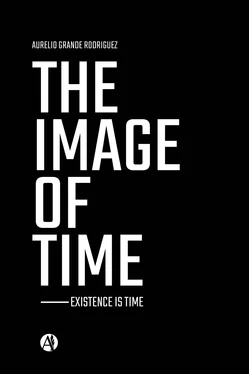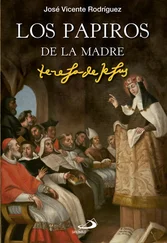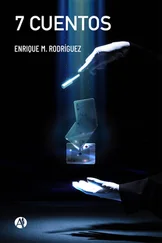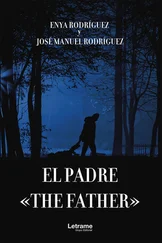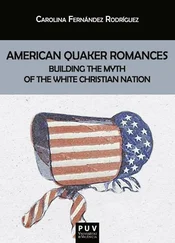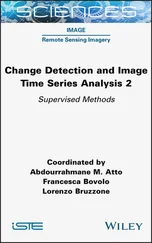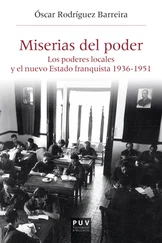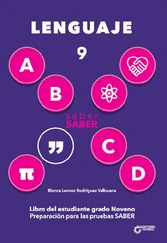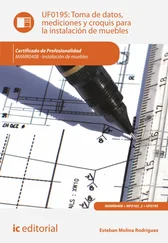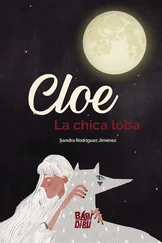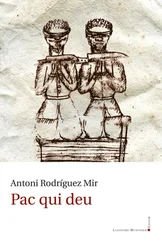For those who with good scientific criteria study natural phenomena, only in the observable and effective world is the representation of the true, identifying with this statement the material and the real; forgetting that the description of the material is by definition, essentially different from its reference of origin - one thing is the object and another very different, the description that is made of it. It´s also this science with its methods of action and construction, a system that classifies the world by means of categories as equal as they´re different, where a great variety of classes are indiscriminately linked; associated elements, consequent and at the same time, different and contradictory -of a context that beyond its supposed conceptual objectivity is above any discussion, as we imagine it.
The evidence:
We don´t doubt what we observe by a simple automation of perception: we see and then believe without judging the procedure, just as we don´t doubt our thoughts because with them we justify ourselves; even though very often, because of them we also deceive ourselves. From the observation of things and their manipulation, we infer the existence of the extensive and reactive fundamentals of the material entities, when in the last instance all this reduces some sensory effects that the immediate experience considers natural and real; and it´s because that´s how we have been taught. Seeing is believing says common sense, seeing is deceiving thinks the illusionist -where then is the truth, if there really is?
ABOUT THE TRUTH
There isn´t concept more problematic, debatable and utilitarian than the truth, since the legitimacy of everything that´s observed, felt, thought and said depends on it. There´s, therefore, no greater security than that of a situation that can be identified with absolute precision; the truth would then be in what it is and not in what a mere representation appears. However, all evidence is appearance and also, how would it be possible to achieve true knowledge, when the last data of the experience is by its very primary character, an unverifiable referent?
In any case, the truth would be justified by something that, regardless of its legitimacy , is credible and produces a calculated and predictable effect; like any pragmatic contraption .
Although the arguments are many, the utilitarian meaning of the truth as such isn´t the most important thing, because the only thing that really matters is the effect that follows about whether something, is considered true or false; for the consequences that follow. In fact, in ordinary experience, the truth is null or very scarce, in science it´s relative and in religion it isn´t even discussed. However, the truth resists and is fundamental in philosophy, but not in all or in all who practice it; It´s not a fact either, since like any reference, it only marks a trend.
Everything that surrounds us deceives us or lies to us, just as appearances deceive us, so do other people ( of which we´re all part ) and this is shown by daily experience; they lie to us and we lie to ourselves consciously and also unconsciously. Just as they deceive us, we also continually deceive, without realizing that we´re doing so many times.
Truth is an abstract word that most people use with indifference in their speeches and discussions, in their books and in their mistakes, whether by affirmation, mistake or by lying to deceive and confuse; this is, more or less, the opinion that Voltaire had of his concept about his practical concept .
The two great ideological paradigms of history, such as religion and science, justify their positions by applying the well-known argument of truth in all their statements; and they do it from positions that seem totally different and even exclusive. It´s here where the intention acquires the relevant role that determines the projection of their ideologies. Religion, as a function of revelation and science through experience, grandly expose their own truths; unilateral, contrary in appearance and equal by reference. Even so, on not a few occasions they´re coincident in the experience of the same subject, but they´re always innate to the species; for some issues that aren´t relevant for now -just for now.
Consequently, there would be some revealed truths existing a priori that don´t need to be verified, and others acquired that, when verified a posteriori, are considered confirmed. Both positions would be in their respective fields, absolute and indisputable, being essentially practical because beyond all discussion, the only important thing is acceptance .
We´re so used to simulation that the representation of a hypothetical reality has become our way of life for a long time; perhaps forever, as a cultural-social and personal reason. We simulate everything, both by what we learn through education and by what we see in ordinary experience, then we continue it on our own; it´s an everyday sociology of which we are hardly aware. It´s because of conventions, paradigms and traditions, added to the systematic use of metaphor, that we no longer distinguish the false from the true, and what is more serious; we ignore the meaning of these concepts and the logic that links them and distinguishes. It happens that referring to the facts, both the false and the true are realities that, as such, cause effects that intervene in the experience with the same legitimacy. Because however they are, both meanings are part of it and after all, that which we so surely identify with reality, we don't even know exactly whether it´s apparent or true -at least, for the moment. However, in this problematic dilemma there´s something that is shown in a very strange way, since what is true is usually doubtful and what is false on the other hand, to be thus considered it´s obliged as such, to be effectively true; and in either case, the experience will always be true.
When we reflect by dint of doubts, contradictions and disappointments, we stop believing that something can deserve the title of true and that any certainty can be confirmed. However, a paradox arises from this same rule, since not even these conclusions would turn out to be true -they would therefore end up confirming what they deny. Beyond the false and the true, everything somehow works, in the dynamics of the facts only they command; at least, as long as the correspondence relationship between a form and what it contains isn´t considered.
The meaning of the word "truth" is due to the use made of it, a concept that´s used as an argument of reality, correspondence and legitimacy, but it´s also the one that makes us most suspicious. The truth is that, if there were any irrefutable and absolute, it wouldn´t need any proof because it would already be by itself; in this truth the meaning would be above any meaning.
The truth and the truths - myths and facts
Although it´s often said that the truth is absolute, it´s also said that there´re at least two varieties, which also means, there´re two methods to arrive at it and that they would be, by reflection or by experience; Some as truths of reason and the others, in fact. Those statements whose truth originates in reason, would be considered a priori, while those whose truth is derived from empirical verification would be a posteriori; associated with them the concepts of theory and practice.
Being in the truth the legitimate knowledge about a reality of an objective nature, we say that this is completely different from opinion and belief, since the latter are considered as particular or subjective attitudes that depend on interpretation and assumption. The truth would then be a knowledge that can and should be demonstrated in such a way that there are no longer doubts and also, it resists time; this means, a true statement shouldn´t be falsifiable and wouldn´t make progress -therefore it would be eternal. However, it must comply with a requirement of principle: to be considered valid, a statement must be a priori, necessarily true. This leads us along a circular path that puts us back at the starting point, because if a previous and indisputable truth is not known with which a statement can be contrasted, we can never be sure of what we think and define. It´s with this procedure that we arrive at axiomatic models, which without ceasing to represent a necessary and effective reference principle, run the risk of ending up turning any knowledge into an arbitrary statement; even being rational, it´s still a conjecture.
Читать дальше
